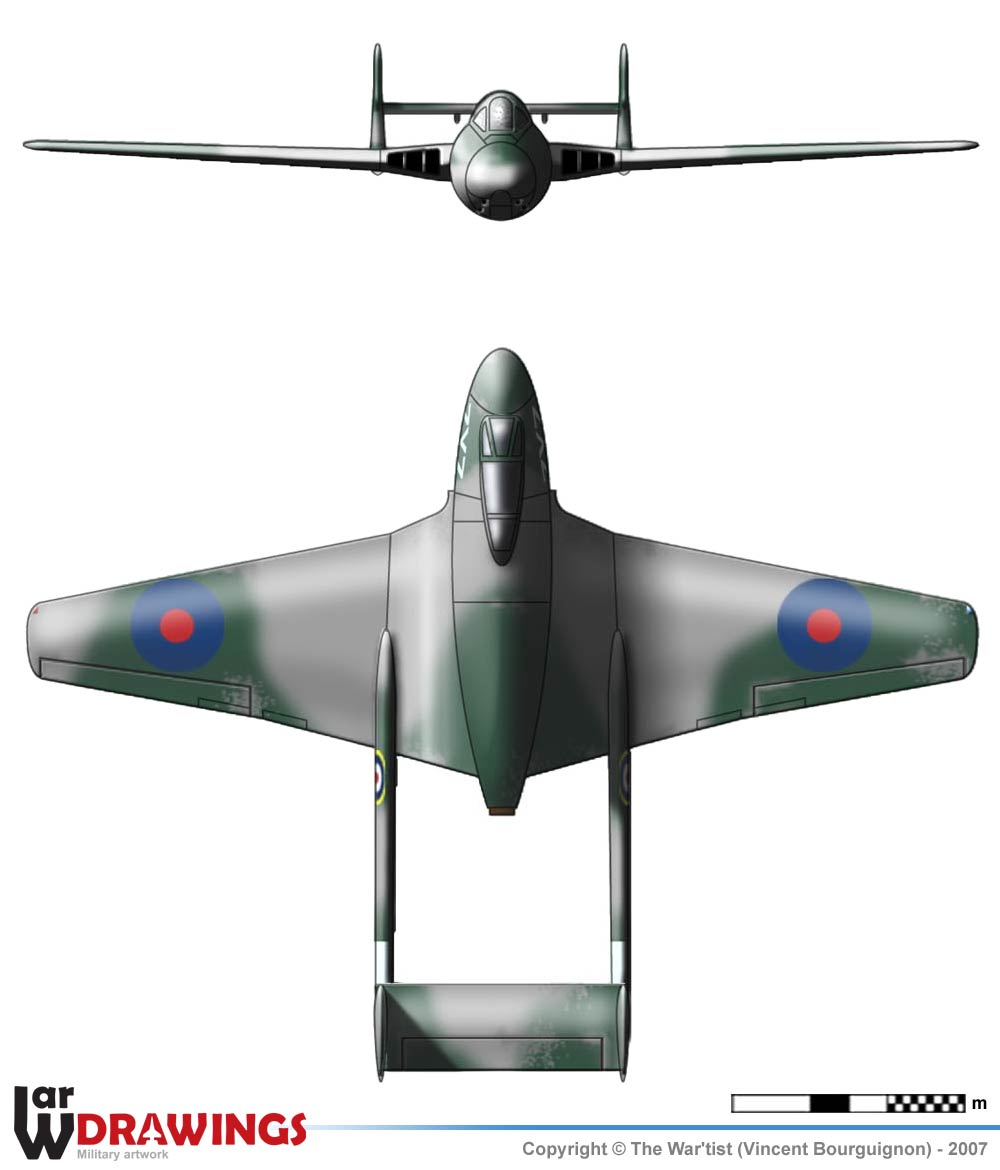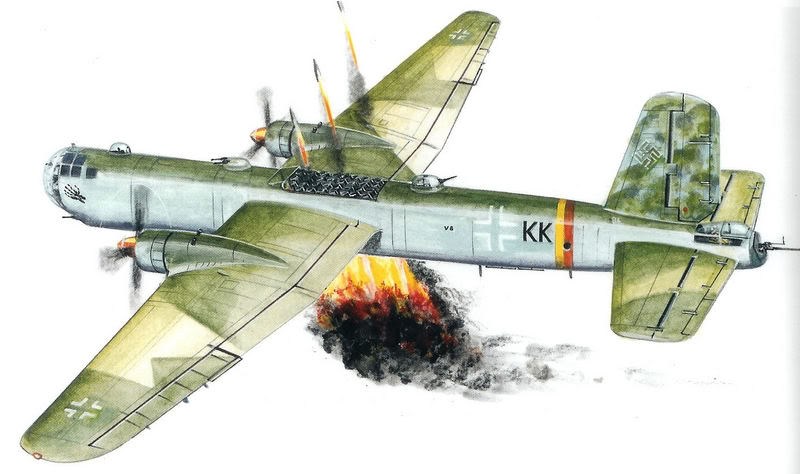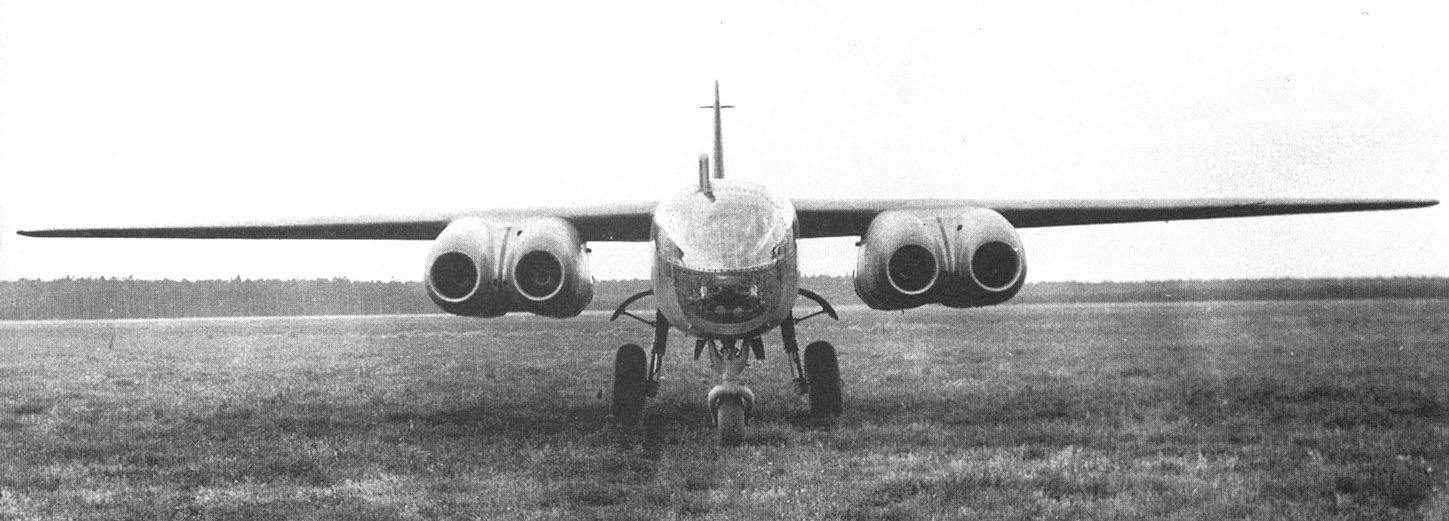In similar pics I've seen the tail section is raised high to avoid the exhaust.Wouldn't the exhaust be a Problem for the linked tail section?
I'll be honest, I didn't think of that when I did the pic but I can change it later.
In similar pics I've seen the tail section is raised high to avoid the exhaust.Wouldn't the exhaust be a Problem for the linked tail section?
Wouldn't the exhaust be a Problem for the linked tail section?

I was thinking for some time, a fighter like Ta-154 or Me 410, but with 4 DB 603 or Jumo 213 engines back to back, one push, one pull instead of just 2. But I have no idea how feasible this is.
Weren't there fights between Condors and Sunderlands on a couple of occasions?How about B-24 as a Condor-killer - or He-177 as LRMP aircraft killer in some scenario?
Twin Ryan Fireball?
Pistons for long range cruising, turbojet for speed.
But there was this, He-280

Vibration problems with the Argus pulsejets

There was a serious proposal for the Heinkel 177 to be equipped with a battery of upward firing rockets to attack US bomber formations.



——————————————————————————————-What all of these proposals miss is an actual driver to make it happen .
For example ;
Just as the Bristol Beaufighter reached squadron service the Factory making the Hercules engine was hit by a raid and all production drawings and much of the factory was destroyed .
In desperation the Bristol Engineers built a franken engine with 2 Bristol Pegasus radials in one cowling . Initially the single propeller was seen as the easiest option however reality was it developed vibration . In an effort to fix this problem a contra rotating propeller was fitted to each engine assembly . The new franken engine was 40% longer and resulted in a change in nacelle design to bring the CG back to an appropriate point . The new engine produced 1800 hp at sea level and 1600 hp on a continuous climb setting . The new contra rotating propeller also improved engine out performance . The extra 400 hp improved all aspects of flight performance .
Would've been difficult to aim that correctly.There was a serious proposal for the Heinkel 177 to be equipped with a battery of upward firing rockets to attack US bomber formations.
